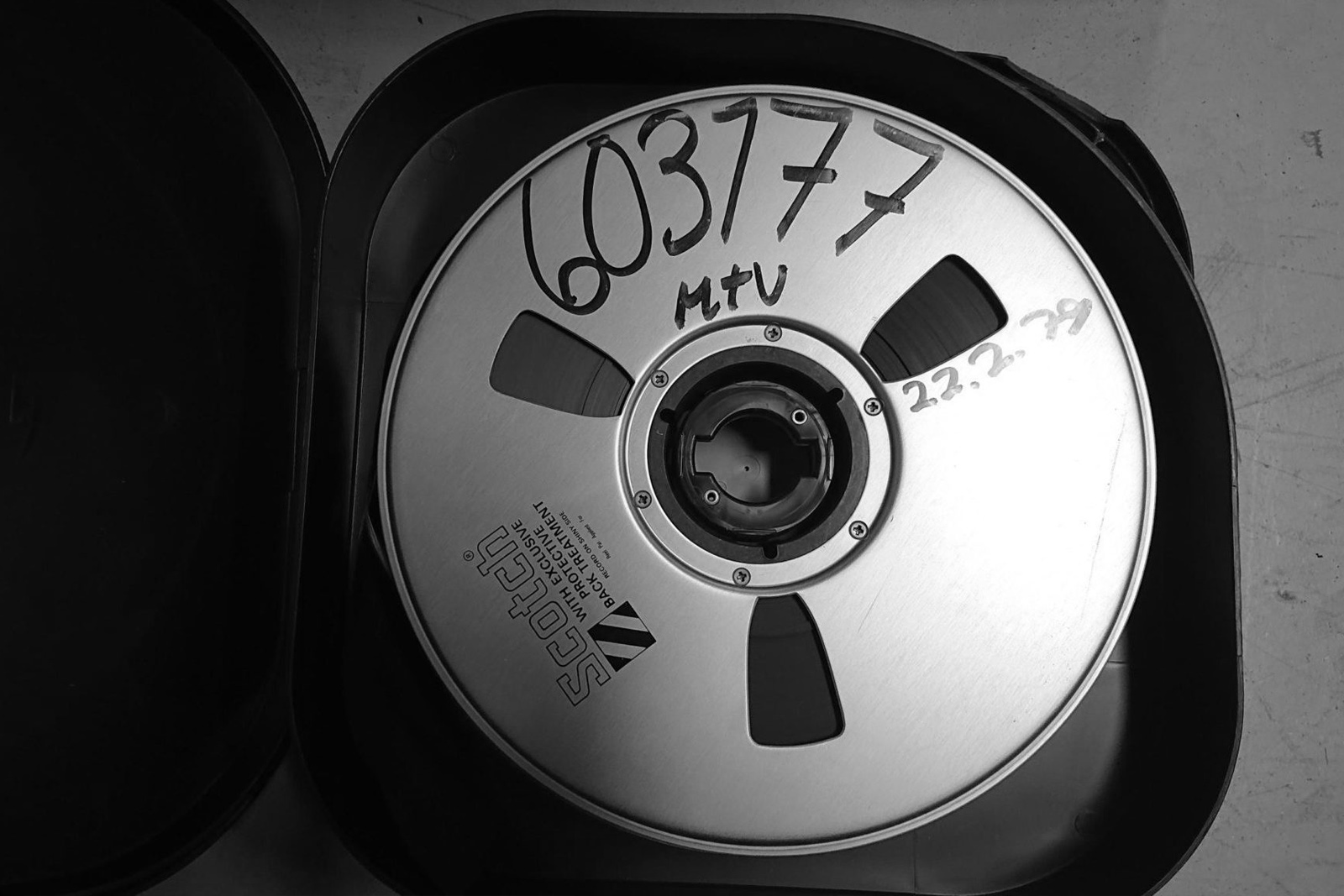Finland’s KAVI to preserve historic 2-inch videotape content
KAVI begins a preservation push to digitise the oldest section of its videotape collection.
Memnon was selected as the successful bidder to digitise a large 2-inch video tape collection held by KAVI, The National Audiovisual Institute in Finland. KAVI is the Finnish body responsible for archiving film and other audiovisual materials, including television programmes.
The collection of videotapes originates from the commercial television channel MTV3, and it contains tapes produced with various recorders and over a span of many years. In total, this 2-inch tape collection comprises 1,818 tapes, of which 1,134 tapes, with an estimated duration of 681 hours, were selected for digitisation over the next three years. With this project, KAVI will once again make these historic video recordings accessible and preserve them for the long term.
2-inch video formats are essentially the very first professional magnetic video tape formats going back to the 1950s. Considered ground-breaking at that time, these tapes may weigh up to 13 kilograms per tape and nowadays require specialised preparations and handling before the actual digitisation process. The challenge with this particular format is also that different generations and technologies exist for this format. The VTR’s are literally the size of cabinets often weighing around 150-200 kg. These machines require dedicated air compressors and constant monitoring by skilled operators. The video heads alone are the size of a small water bottle with runtimes often just for some hundred hours of play-back at best, requiring specialist refurbishments and intensive maintenance.
Memnon will partner with KAVI to bring in its extensive experience in digitising 2-in / 2-in quad video formats gathered from digitising over 20,000 hours in this format. The digital master format chosen is the open source based FFV1 preservation format. Memnon is also expert at delivering FFV1 on a large scale through its ground-breaking partnership with the Indiana University MDPI during which Memnon has delivered nearly 200,000 files in FFV1 and for preservation of historic content.
Mikko Kuutti, Deputy Director at KAVI commented: “We are thrilled, after several years of planning, to finally be able to digitise these tapes with extra funding received for the purpose. We are confident that Memnon will handle the process professionally because they also digitised our 16,000 VHS tapes in 2013–14.”
A recent survey on this particular format in Europe by the industry bodies EBU, FIAT IFTA and the INA concluded that “the question of the digitisation of Quad videotapes is far from being resolved and remains a concern for many audiovisual and archives organisations in Europe”. We are looking forward to support KAVI in this endeavour and in preserving an important part of the visual history in Finland and Europe.

